- | 11:00 am
A look at the Most Creative People in Business from the past. And why they deserve to be there
Let’s take a look at some of our winners, who made it to our prestigious list.
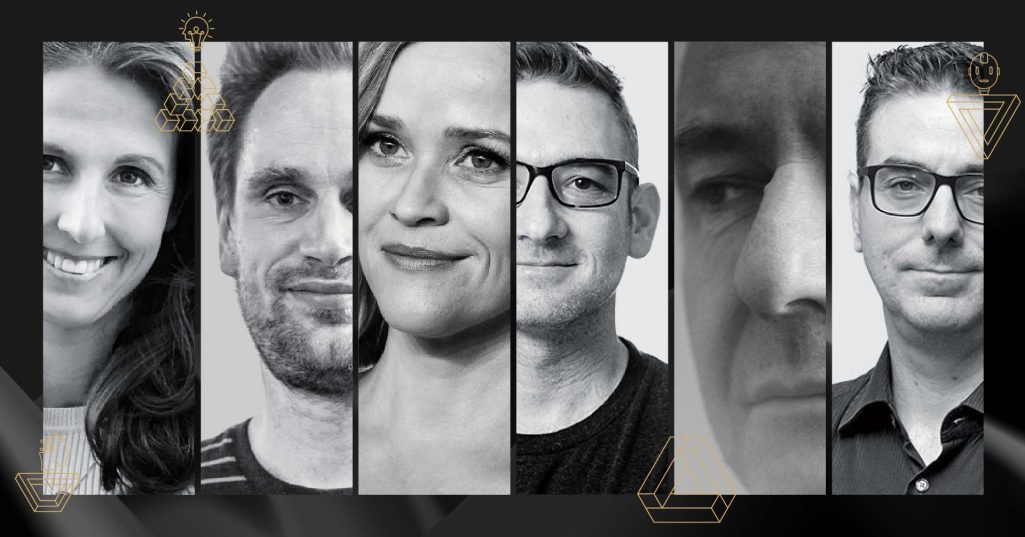
Over the last few years, individuals featured on the Most Creative People in Business list had one goal – to bring innovation into their field that not only disrupts industries but also impacts society at large. They strived hard to make a difference and had a measurable effect within their sectors and beyond. From tech to finance to fashion to healthcare, their efforts haven’t been unnoticed.
Let’s look at some of our winners who made it to our prestigious list.
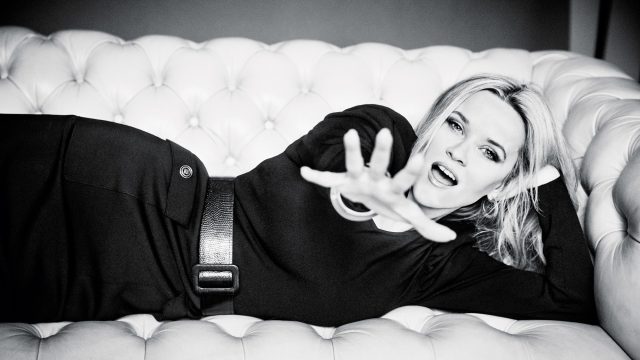
[Photo: Ellen von Unwerth; Stylist: Petra Flannery at Two Management (clothing courtesy of Saks Fifth Avenue); prop stylist: Din Morris; hair: Lona Vigi at Starworks Group; makeup: Kelsey Deenihan at The Wall Group]
1. REESE WITHERSPOON, FOUNDER, HELLO SUNSHINE
She turned Gone Girl and Wild into breakout films and followed them up with HBO’s Big Little Lies, sweeping nearly every category for which it was nominated at the 2017 Emmys. Having spent years hearing from studio executives that there was no market for big-budget female-driven content, Reese Witherspoon has succeeded to a degree that proves a hunger is there. “Fortunately,” says Witherspoon, “I like proving people wrong.”
Her instinct for what women want is now being tested on multiple platforms through her pioneering 18-month-old company, Hello Sunshine. Witherspoon and her team are developing a slew of shows and films–with Apple TV, Hulu, NBC, TriStar/Sony Pictures, and more–while also building a direct-to-consumer brand through a fast-growing and influential book club, Facebook and YouTube videos, audiobooks, podcasts, and newsletters. Meanwhile, Witherspoon is advocating successfully for women behind the scenes: Casey Bloys, HBO’s president of programming, admitted in April 2018 that the network’s recent equal-pay push was a “direct result” of encouragement he received from Witherspoon.

[Photo: Karwai Tang/WireImage/Getty Images]
2. MICHELLE PFEIFFER, FOUNDER, HENRY ROSE
Michelle Pfeiffer’s new direct-to-consumer perfume company, Henry Rose—which launched in April—is bringing ground-breaking transparency to a stubbornly opaque industry. Henry Rose offers customers the full ingredient list for each of its inaugural five scents, all certified as safe and environmentally sound by nonprofit watchdogs Cradle to Cradle and the Environmental Working Group, where Pfeiffer is a board member.
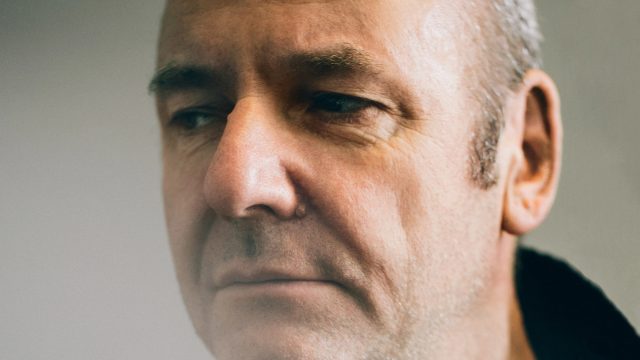
[Photo: GL Askew II]
3. HARTMUT NEVEN, DISTINGUISHED SCIENTIST, GOOGLE
A pioneer in AI-powered computer vision, whose research helps power Google Maps, YouTube, and more, Hartmut Neven now leads Google’s efforts in quantum computing—the still-emerging science that aims to transform fields as diverse as pharmaceutical discovery and financial services by manipulating subatomic particles. In October 2019, his team published a paper stating that its processor, Sycamore, had achieved “quantum supremacy” by performing calculations in 200 seconds that would take 10,000 years with a conventional computer. The feat wasn’t without controversy—quantum rival IBM contended that its fastest supercomputer would take only two and a half days to do the same, downgrading the magnitude of Google’s claim—but it was still widely hailed as a landmark.
The quantum project has posed new challenges, such as how to cool a processor to near absolute-zero temperatures using liquid helium. But Neven has always thrived on the edge. He was among the first to connect the AI revolution currently in full swing and quantum advances yet to come. “I’m guilty of having popularized the terms quantum machine learning and quantum AI,” he says. “Now, there are whole sections of departments at universities that do quantum machine learning.”
When people ask Neven how soon quantum computers will be ready for commercial deployment in areas where their speed might be transformative, his standard estimate is “10 years.” He appreciates Google giving him the runway. “There’s this nerdy pleasure of pushing into disciplines that are intrinsically fascinating,” he says. “Not, ‘When can we see a return on our investment?’ But, ‘Hey, this sounds interesting. Sooner or later, this technology will play an important role. Why don’t you explore it?’”
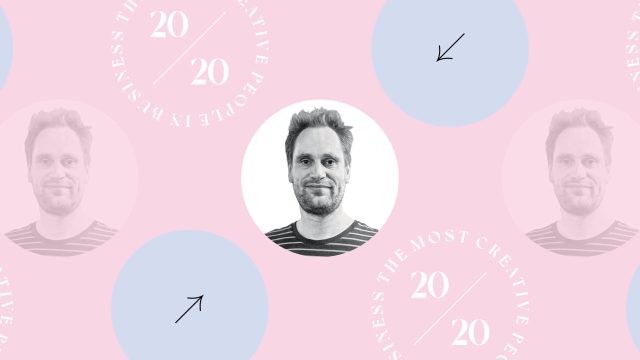
4. SAM AARON – CREATOR, SONIC PI
While working as a postdoctoral researcher at Cambridge University, Sam Aaron created a software tool called Sonic Pi that could compose music on the fly with just a few lines of simple programming. He had hoped that his creation, developed in conjunction with the Raspberry Pi Foundation, might inspire kids to code, but instead, he accidentally breathed new life into a small but avid artist community of live-coder DJs, who until then had to use complex tools and code that bore no obvious relationship to the sounds being produced. Sonic Pi, however, is so expressive that many live coders actually project the code on a big screen during sets so everyone can see how the music is being generated. Sonic Pi’s mainstream moment arrived last year when Aaron performed at London’s Royal Albert Hall with 1,000 children and a quartet of coders.
During the pandemic, he has been performing before crowds of thousands on Zoom. Aaron likens the process of live coding with Sonic Pi, which has been translated into 15 languages, to the first wave of punk rock, which celebrated a DIY aesthetic and often elicited an “I could do that” response within the audience. Most approaches to experimental music-making are “traditionally focused on expert musicians or people with PhDs in musicology,” Aaron says. “Sonic Pi is explicitly designed for the kid in everybody.”

[Illustration: James Gilleard]
5. ROBERTO OROSEI, RADAR SCIENTIST, UNIVERSITY OF BOLOGNA
Roberto Orosei knew as early as 2008 that he’d found something exciting bouncing off the surface of Mars: bright radar “reflections,” spanning about 12 miles across, roughly a mile below the planet’s southern polar cap. The most plausible explanation was an underground lake of some sort, a potential harbor for extraterrestrial life. But Orosei wanted to make sure, which took almost a decade.
6. KEVIN LIN, VICE PRESIDENT, ALIBABA GROUP
There are over 6 million mom-and-pop stores in China, and despite the growth of e-commerce, they still represent 50% of retail sales of consumer packaged goods in the country. But it’s an analog business. Sub-distributors mark up prices. Major CPG brands, meanwhile, struggle to connect with these stores, and intermediaries often make their products too expensive for sellers. As a 21-year veteran of Procter & Gamble China, Kevin Lin experienced this firsthand. After joining Alibaba in 2016, he created a solution.
7. GABRIEL WEINBERG, FOUNDER AND CEO, DUCKDUCKGO
Gabriel Weinberg’s privacy-focused search engine doesn’t track users or log their search histories. What it does is offer peace of mind. Weinberg created it 11 years ago after hearing, as an angel investor, pitch after pitch from ad-tech startups about how they could slice, dice, and target groups of users using deeply personal data. “I thought, This is shady, and it’s only going to get crazier,” he says.
8. STEPH HAY, VP DESIGN, CONVERSATIONAL AI, AND INTEGRATED EXPERIENCES, CAPITAL ONE
After transitioning from journalism to user experience design, Steph Hay found herself at Capital One helping to create an AI assistant that customers would end up loving so much, one invited it to Thanksgiving dinner. “Eno” is the first gender-neutral AI assistant in banking, bucking the trend among companies to render smart assistants’ female. “We want our customers to relate with and trust Eno,” Hay says.
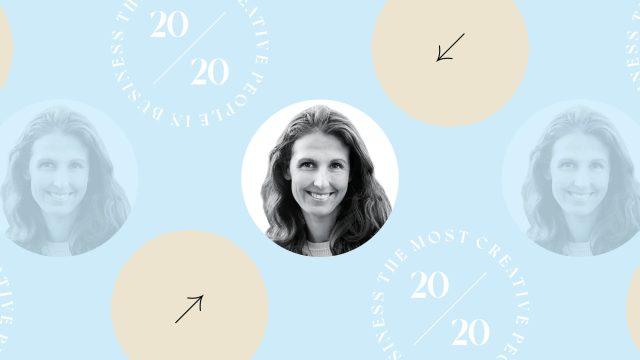
9. CELESTE HOLZ-SCHIETINGER, DIRECTOR OF RESEARCH, IMPOSSIBLE FOODS
Impossible Foods released a new version of its acclaimed plant-based burger in grocery stores and Burger Kings nationwide last year. As an encore, in January the company debuted its ground pork and pork sausage substitutes. Impossible Sausage is now available at 20,000 locations throughout the U.S. including Starbucks. As director of research, biochemist Celeste Holz-Schietinger oversees product innovation and flavor discovery within the company’s 150-person team of scientists, whose mission is not to simply imitate meats but to improve upon them. For the updated burger, the team reverse engineered the product to figure out the role that each ingredient played.
They swapped in soy protein for wheat protein, which they discovered created off flavors. They also dialed back on coconut oil in favor of sunflower oil, which makes the burger better for grilling. To develop a pork substitute, the team started with the company’s beef and went from there. “Beef is very flavor-forward and bold,” says Holz-Schietinger. “Pork is characterized primarily by its subtlety.” The new product, which features more fat, is designed to mimic pork’s natural collagen proteins, which spring between your teeth and have a velvety richness. Impossible launched its sausages at select Burger Kings earlier this year. It’s now planning a wider rollout of both pork products.
10. SARA ZIFF, FOUNDER, THE MODEL ALLIANCE
In February 2018, for the first time, New York Fashion Week offered private dressing areas for models who are typically expected to change in full view of the crew and photographers backstage. The development was the result of lobbying by model turned advocate Sara Ziff and Model Alliance, the nonprofit she founded in 2012 as a union alternative for models and, eventually, other independent fashion workers. “There’s an unfortunate sense that models are privileged, and if they don’t like the industry, they should get a ‘real job,’ Ziff says. “Though models appear to lead glamorous lives, the reality can be pretty far from it.”
She is now working with agencies, publishing companies, and brands to make sure that models are afforded respect on and off the runway. Also through her organization, Ziff has proposed legislation that would apply child labor laws to underage models in New York; partnered with universities to research eating disorders as a workplace issue, and created a discreet grievance reporting system for models contending with sexual harassment and online scouting scams.
































